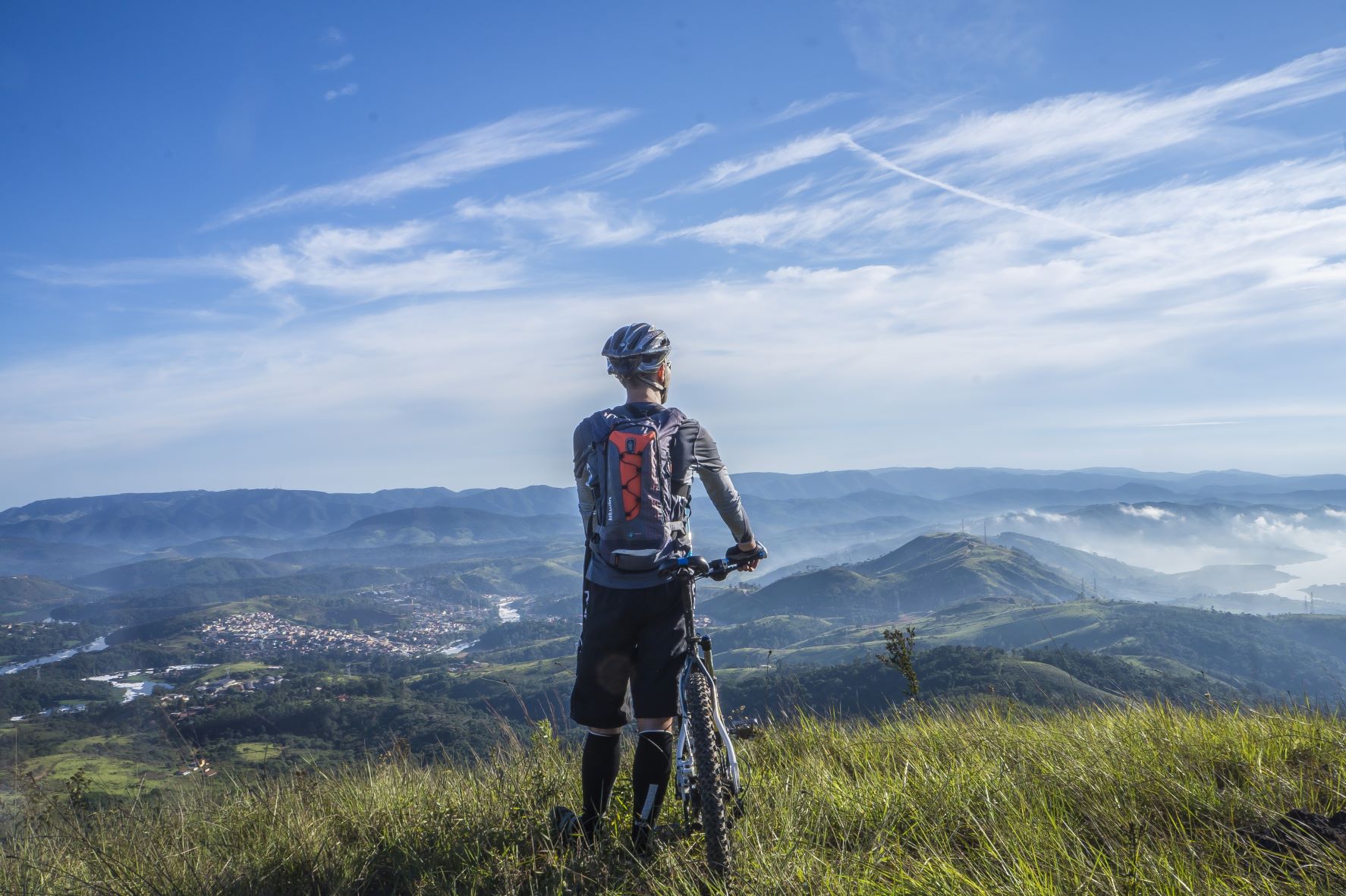EV Bikes- Where to Ride

The popularity of EV bikes is on the rise. The utility of these bikes can open up opportunities for riders who may no longer be able to pedal with traditional road or mountain bikes. As the technology has evolved public land managers are processing rules for EV bike use on single track trails that formally were restricted to non-motorized bikes.
In March 2021, the National Forest Service published the following guidance on how e-bikes will be managed on national forests and grasslands. “The update reaffirms the existing policy that e-bikes are now, and will continue to be, managed as a motorized use—that is, e-bikes will be allowed on all currently authorized roads and trails open to motorized use and not allowed on roads and trails closed to motorized use, seasonally or otherwise. At the same time, the guidance also outlines a process for the agency to evaluate requests for expanded e-bike access and establishes a new “e-bike only” trail category.”
EV bikes come in three classifications, with Class 1 providing peddle assist. These e-bikes give a rider assistance with uphill climbs and there is no throttle. The maximum speed is 20mph. The drive system is activated by manual peddling. In general, these bikes are allowed in bike lands, bike paths, and on state roads open for biking. Class 2 e-bikes have a throttle and do not require manual peddling to move. The maximum speed is still capped at 20 mph. Class 3 e-bikes have a maximum speed of 28 mph and have the most power.
When you go, check the regulations for that property.

Recent Comments